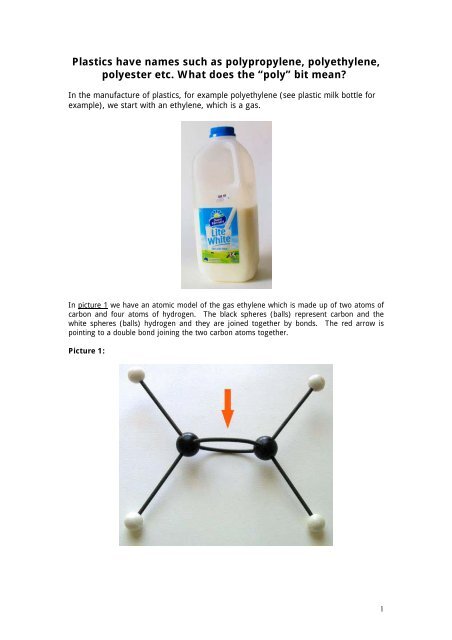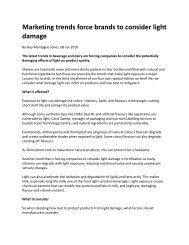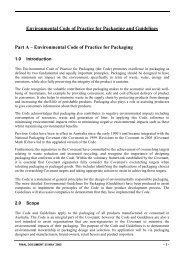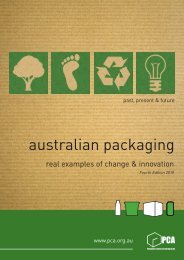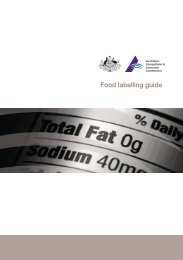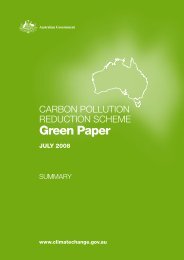Plastics have names such as polypropylene, polyethylene, polyester ...
Plastics have names such as polypropylene, polyethylene, polyester ...
Plastics have names such as polypropylene, polyethylene, polyester ...
You also want an ePaper? Increase the reach of your titles
YUMPU automatically turns print PDFs into web optimized ePapers that Google loves.
<strong>Pl<strong>as</strong>tics</strong> <strong>have</strong> <strong>names</strong> <strong>such</strong> <strong>as</strong> <strong>polypropylene</strong>, <strong>polyethylene</strong>,<br />
<strong>polyester</strong> etc. What does the “poly” bit mean?<br />
In the manufacture of pl<strong>as</strong>tics, for example <strong>polyethylene</strong> (see pl<strong>as</strong>tic milk bottle for<br />
example), we start with an ethylene, which is a g<strong>as</strong>.<br />
In picture 1 we <strong>have</strong> an atomic model of the g<strong>as</strong> ethylene which is made up of two atoms of<br />
carbon and four atoms of hydrogen. The black spheres (balls) represent carbon and the<br />
white spheres (balls) hydrogen and they are joined together by bonds. The red arrow is<br />
pointing to a double bond joining the two carbon atoms together.<br />
Picture 1:<br />
1
Let’s see what happens if we disconnect one of those bonds <strong>as</strong> in picture 2.<br />
Picture 2:<br />
B<strong>as</strong>ically, this will leave us with two connections to which we can add two more molecules of<br />
ethylene. If we keep repeating these additions we can form a long chain <strong>as</strong> in picture 3.<br />
As the chain gets longer the ethylene changes from a g<strong>as</strong> to liquid which becomes thicker<br />
and thicker until it reaches a point when the chains are long enough to form a solid, and<br />
becomes the pl<strong>as</strong>tic that you and I know.<br />
Picture 3:<br />
Now we could call our chain “many ethylenes” but that is a bit clumsy. So instead of saying<br />
‘many’, we use the term poly (which comes from the Greek ‘polloi’ meaning ‘many’) and finish<br />
up with <strong>polyethylene</strong>.<br />
© Packaging Council of Australia 2005<br />
2


